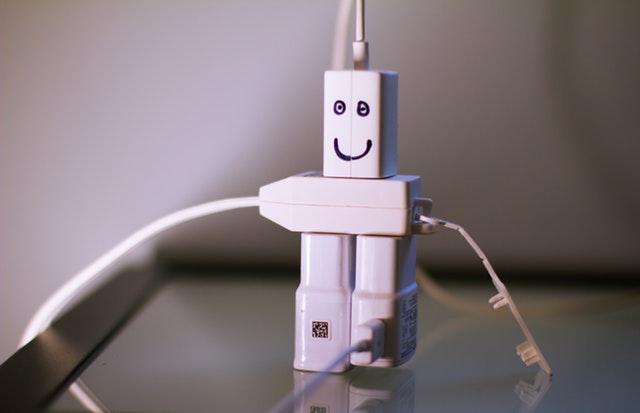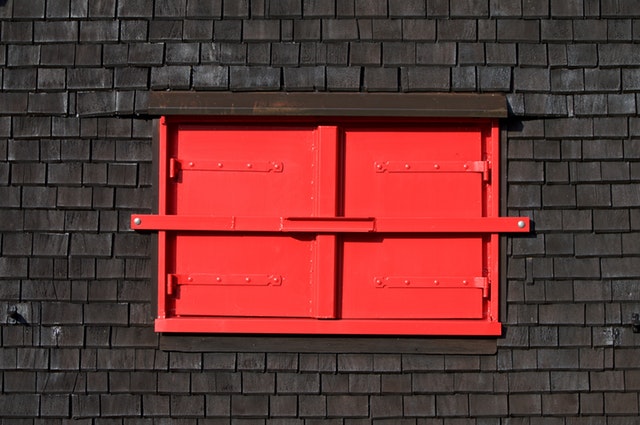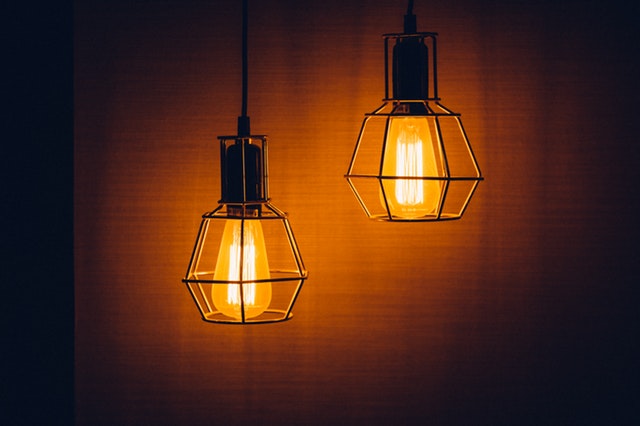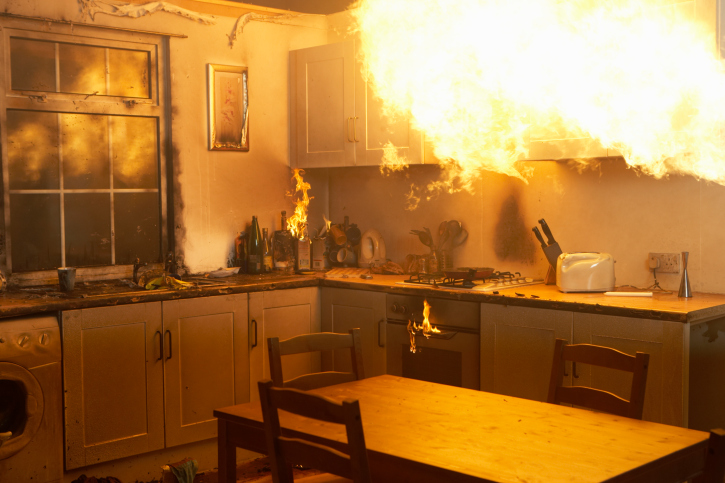 You are supposed to feel safe in your own home; however, accidents can happen and there are plenty of hidden dangers that might land someone in the hospital. It is important for you to understand the common household dangers. Knowledge is power and you can take steps to prevent these issues from arising.
You are supposed to feel safe in your own home; however, accidents can happen and there are plenty of hidden dangers that might land someone in the hospital. It is important for you to understand the common household dangers. Knowledge is power and you can take steps to prevent these issues from arising.
Carbon Monoxide Poisoning
This is one of the most common household dangers that everyone should know. Homes always have a smoke detector; however, carbon monoxide detectors are often overlooked. This is an odorless gas that can actually kill someone if the levels get too high. Make sure that your carbon monoxide detectors are working. This gas commonly arises from the tailpipe of a running car.
Lead Poisoning
Lead can be absorbed through the skin or the mouth. Lead poisoning can lead to serious neurological issues. Newer homes are built without lead paint; however, if you purchase an older home, there might still be lead paint on the walls. Check the paint thoroughly and swap it out if lead is present.
Mold
Mold is a common hazard that grows in homes. Mold can release spores into the air that can irritate people who suffer from asthma and allergies. Make sure that you keep your home clean to avoid mold growth. Mold likes warm, humid climates.
Falls
Injuries due to falls are among the most common accidents that happen in homes. If someone falls in their home, they are at risk of breaking bones or suffering a head injury. Make sure that you keep your outdoor steps clean and stabilize your staircases. This will reduce the risk of falls.
Drowning
Unfortunately, drowning can happen even if someone is safe in their own home. Even if a house doesn’t have a pool, people can still drown in the bathtub. In order to reduce the risk of a drowning event, make sure your pool has a fence around it (if you have one). Also, try to supervise bathing children. This will reduce the risk of a drowning event.
Reducing Household Dangers
Knowing about these dangers ahead of time reduces the chances of them happening. Try to inspect your home thoroughly to make sure that these common hazards are avoided.
If you are in the market for a new home or interested in listing your current property, be sure to contact your trusted real estate professional.
 Electricity plays an important role in your home. It helps keep you warm, allows you to cook meals, and brightens up the interior of your house. At the same time, electricity is a common hazard.
Electricity plays an important role in your home. It helps keep you warm, allows you to cook meals, and brightens up the interior of your house. At the same time, electricity is a common hazard. The recent total devastation of the Bahamas by hurricane Dorian reinforced the need for hurricane-proof homes in areas that are subject to this risk. Building codes have not kept up with the increasing severity of the weather.
The recent total devastation of the Bahamas by hurricane Dorian reinforced the need for hurricane-proof homes in areas that are subject to this risk. Building codes have not kept up with the increasing severity of the weather. It’s more likely that someone will incur an injury on moving day than on an ordinary day. The reason is that people are moving in ways that they don’t normally move, loads can be heavy, and accidents do happen. However, most injuries on moving day can be prevented by taking a few simple precautions.
It’s more likely that someone will incur an injury on moving day than on an ordinary day. The reason is that people are moving in ways that they don’t normally move, loads can be heavy, and accidents do happen. However, most injuries on moving day can be prevented by taking a few simple precautions. Many people associate the fall months with cooler temperatures and changing colors. But another defining characteristic of fall is that the days become shorter. Yes, there’s limited daylight, as the sun rises later and sets earlier.
Many people associate the fall months with cooler temperatures and changing colors. But another defining characteristic of fall is that the days become shorter. Yes, there’s limited daylight, as the sun rises later and sets earlier. House fires can break out for a wide range of reasons, and these include everything from grease fires while cooking in the kitchen to lightning striking the home. They can cause a significant amount of property damage as well as personal injury or even loss of life, so preventing them and knowing how to properly respond if a fire does break out are important. Whether buying a new home or residing in an existing home, everyone can benefit from learning more about fire safety rules.
House fires can break out for a wide range of reasons, and these include everything from grease fires while cooking in the kitchen to lightning striking the home. They can cause a significant amount of property damage as well as personal injury or even loss of life, so preventing them and knowing how to properly respond if a fire does break out are important. Whether buying a new home or residing in an existing home, everyone can benefit from learning more about fire safety rules.